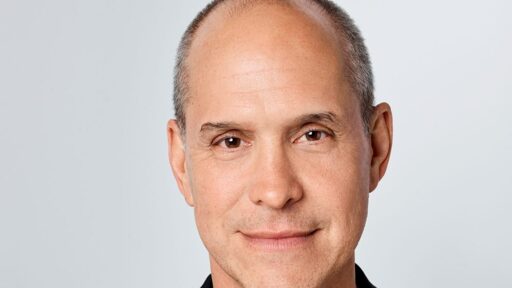

I’m finally getting back to this.
Had a work push and then a virus. I really find I have even less attention for listening and podcasts when I’m ill.
One thing that I’ve figured out is that the audio quality varies widely depending on the service one is getting podcasts from or the delivery app.
The base recording is excellent and the sound effects are there. Some of the players have so much noise that you’d never realize that.
In any event, I tried out different players and found that Cassidy’s delivery was much less mumbly on better audio players regardless of being on the same device.
Something to consider when getting podcasts even through open source players.













I’m not sure why anyone ever thought it would be?
Other than the naysayers who were looking not to like it and had to be ‘shown otherwise.’
Even Prodigy ended up an ‘all ages’ show.
Not saying you’re one of them, it’s unfortunate that the new shows seem to have to push against negative labels and narratives that are brigaded before the fist casting announcements.
In this case, despite the idea of an Academy show kicking around since the 1970s, it was fairly clear that no senior network/streamer executive were ever going greenlight it until someone came up with a concept that was more than a college soap in the Star Trek universe.
What I didn’t expect was for the other perennial ‘failed to make it to pilot’ franchise idea of a hospital show also got rolled into it. That’s one that Roddenberry first tried to spin off with M’Benga in the second season of TOS.